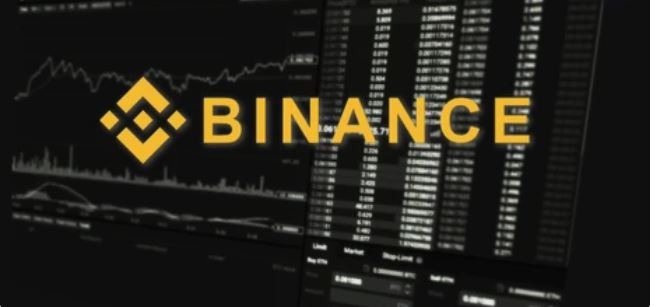As promised by CZ, the CEO of Binance, the exchange has made public its proof of reserves for Bitcoin. On-chain reserves totaling more than 582,000 BTC—more than 1% of the entire amount of client deposits—back consumer funds.
Proof Only Covers BTC For Now
On-chain reserves totaled exactly 582,485.9302 BTC as of the snapshot taken on Nov. 11 and the customer net balance was 575,742.4228 BTC. The release states that the proof now only considers BTC, with additional coins and networks being added in the next couple of weeks.
Customers of Binance who log in and click the announcement’s link can confirm that on-chain funds support their BTC assets. Users can also view the “Merkle Leaf and Record ID” that corresponds to an account balance by clicking on “wallet” and then “audit.”
The new functionality is a component of Binance’s larger push “to provide transparency on user funds.”
Proof For Other Coins Next
Although no timeframes for the publication of proof of reserves for other tokens were provided, Binance did specify its following goals.
- Launch the next batch of PoR in the next two weeks, including additional assets.
- Involve third-party auditors to audit PoR results.
- Implement ZK-SNARKs for PoR, improving privacy and robustness, and proving the total net balance (USD) of each user is non-negative.
Binance will be able to more accurately report on users that utilize its margin and loan services by using ZK-SNARKs, and it will be able to show those customers have enough other assets to cover the funds with collateral.
Binance acknowledged that an audited assessment will reveal that certain users had negative asset balances. The goal of the next implementation of the proof of reserves is to “prove that the total net balances (USD) of each user is non-negative.
Binance’s proof-of-reserves mechanism makes use of Merkle Trees, a cryptographic method that “allows the consolidation of massive volumes of data into a single hash.
This revelation by Binance comes on the backdrop of multiple exchanges going bankrupt as a result of the FTX fallout that occurred this month. The FUD that has engulfed the crypto markets has made transparency more important than ever since the advent of blockchain and cryptocurrencies.
Image Courtesy Of Shutterstock





